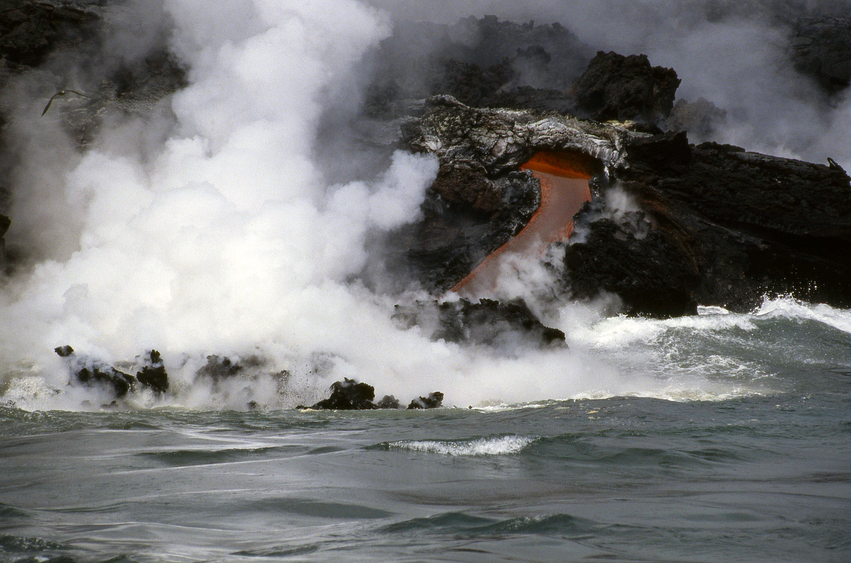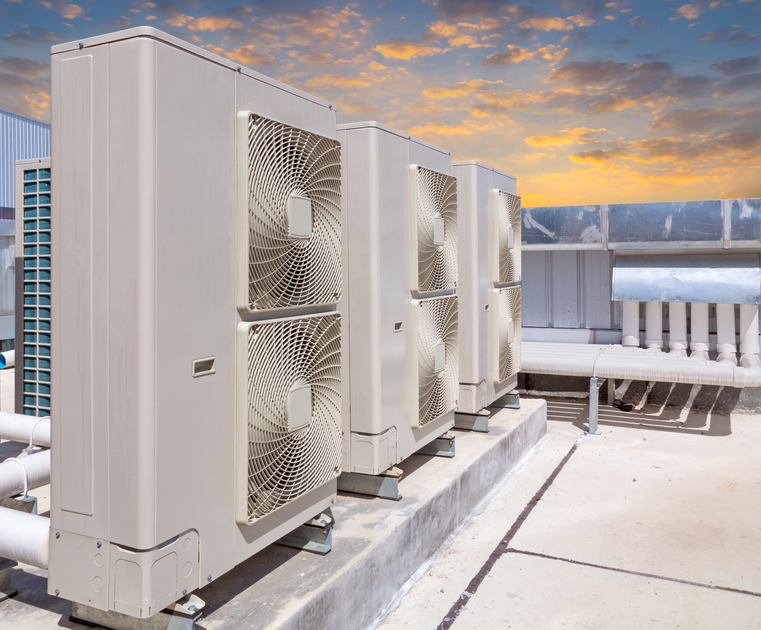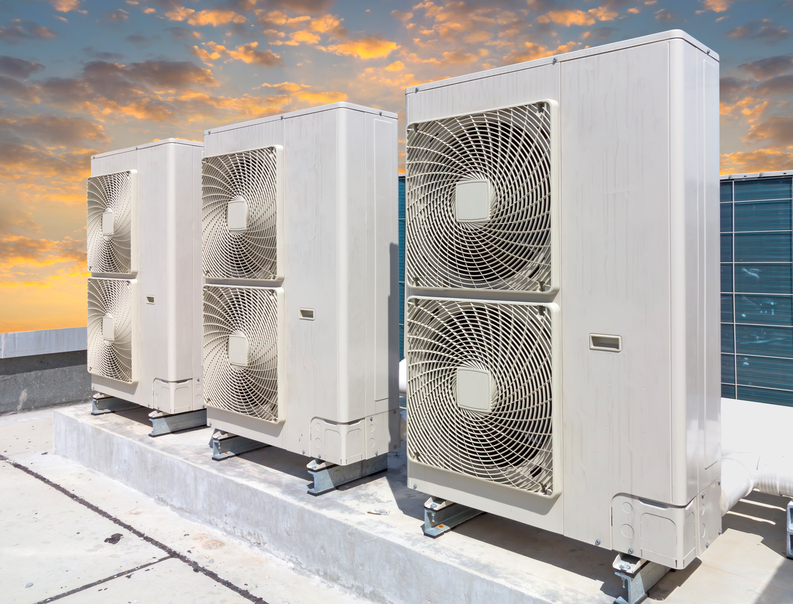HVAC Equipment Design 12 PDH Discount Package
HVAC Design Considerations for Corrosive Environments (M03-012)
HVAC Variable Refrigerant Flow (VRF) Systems (M03-014)

This online engineering PDH course provides basic knowledge about the HVAC distribution systems in design applications. The course provides insight to various systems, technologies and equipment configuration with advantages and disadvantages.
Successful HVAC systems are the key to successful buildings. In a central system, air can be conditioned in a remote location in the air-handling units and distributed to the various rooms by ductwork. Alternatively, the air can be conditioned directly in the indoor spaces through fan coil units or other terminal devices.
The design of air distribution system must combine a proper choice of engineered products efficiently providing conditioned air to the space while adding architectural features which complement the interior design. A good understanding of the various types of commercial HVAC systems is important to ensure the best fit.
This 6 PDH online course is applicable to HVAC engineers, facility engineers, architects, energy auditors, environmentalists, operations and maintenance personnel, as well as consultants and contractors who construct, build and manage facilities.
This PE continuing education course is intended to provide you with the following specific knowledge and skills:
- All-Air Systems:
- Single duct, single zone, constant volume systems
- Single duct, multi-zone, constant volume systems
- Dual duct systems
- Reheat systems;
- Variable air volume systems
- Air-Water Systems
- All-Water Systems:
- Two Pipe Systems
- Three Pipe Systems
- Four Pipe Systems
- Terminal Units:
- Fan Coil Units
- Induction Units
- Radiators
- Convectors
- Compact Unitary Units (direct expansion Systems w/o chilled water)
- Window Air conditioners
- Unitary & Roof Air Conditioners
- Split type and package air conditioning systems
- Heat pumps
- Delivery items (diffusers, registers & grilles)
In this professional engineering CEU course, you need to review the document titled, "Design Options for HVAC Distribution Systems".
Upon successful completion of the quiz, print your Certificate of Completion instantly. (Note: if you are paying by check or money order, you will be able to print it after we receive your payment.) For your convenience, we will also email it to you. Please note that you can log in to your account at any time to access and print your Certificate of Completion.

This online engineering PDH course discusses the HVAC design considerations for corrosive environments.
Many emerging HVAC markets have a majority of their populations located in coastal areas. This leads to an increased number of air conditioning applications located in potentially corrosive environments. Environmental factors such as salt mist in sea side locations, add to the corrosive environments. It's not hard to see that HVAC equipment especially cooling and condenser coils are under threat of accelerated degradation. Corroded HVAC coils not only diminish the heat transfer but also increase the operational costs and the maintenance bills. Prevention is much cheaper than replacing coils or the entire system.
Other than the HVAC equipment, the indoor space equipment is also susceptible to corrosive effects. Over time, even extremely low levels of Airborne Molecular Contamination (
This 3 PDH online course is applicable to HVAC engineers, controls engineers, architects, contractors, environmentalists and loss prevention professionals who are interested in gaining an understanding in designing HVAC system in corrosive environments.
This PE continuing education course is intended to provide you with the following specific knowledge and skills:
- Knowing the principle of corrosion
- Understanding the potential corrosive environments
- Familiarizing with the four (4) levels of corrosion severity established by Instrument Society of America (ISA)
- Knowing the three (3) steps identified for corrosion prevention
- Learning two most common techniques available to deal with low-level airborne contamination; 1) particle removal filtration and 2) gas-phase (dry scrubbing) filtration
- Understanding importance of building pressurization and its impact on energy use
- Learning how to protect HVAC equipment with different types of coatings
In this professional engineering CEU course, you need to review the course document titled, "HVAC Design Considerations for Corrosive Environments".
Upon successful completion of the quiz, print your Certificate of Completion instantly. (Note: if you are paying by check or money order, you will be able to print it after we receive your payment.) For your convenience, we will also email it to you. Please note that you can log in to your account at any time to access and print your Certificate of Completion.

This online engineering PDH course provides an overview of VRF system technology. Emphasis is placed on the control principles, terminology, basic components, advantages and design limitations.
In recent years air conditioning systems have significantly changed. Variable Refrigerant Flow (VRF) also known as variable refrigerant volume (VRV) is a commercial HVAC system that can be configured to utilize a single condensing unit with multiple indoor evaporator units. The arrangement provides an individualized comfort control by varying the flow of refrigerant to each evaporator unit using sophisticated electronic expansion valve and inverter controlled variable speed compressor.
The system delivers excellent part-load performance and simultaneous heating and cooling in different zones. Unfortunately, the design of VRF systems is more complicated and requires additional work compared to designing a conventional air conditioning system.
This 3 PDH online course is aimed at the personnel who have some limited background in the air conditioning field and is suitable for mechanical, electrical, controls and HVAC engineers, architects, building designers, contractors, estimators, energy auditors and facility managers.
This PE continuing education course is intended to provide you with the following specific knowledge and skills:
- Understanding the difference between multi-split air-conditioning systems and VRF systems
- Understanding the operating principle of a direct expansion split and a VRF system
- Understanding the concept of thermal zone
- Understanding how VRF systems with heat recovery are different from ordinary heat pump systems
- Learning about the operation of thermostatic expansion valve (TXV)
- Learning about the operation of electronic expansion valve (EEV)
- Learning about the influence of building characteristics and load profile on the selection of a VRF system
- Understanding the advantages and application of VRF systems
- Learning about the design limitations and challenges in design of VRF systems
In this professional engineering CEU course, you need to review the document titled "HVAC - Variable Refrigerant Flow (VRF) Systems".
Upon successful completion of the quiz, print your Certificate of Completion instantly. (Note: if you are paying by check or money order, you will be able to print it after we receive your payment.) For your convenience, we will also email it to you. Please note that you can log in to your account at any time to access and print your Certificate of Completion.